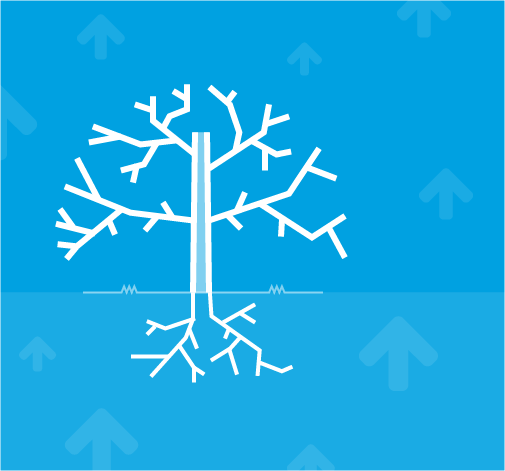An innovative funding collaborative and award program, The BUILD Health Challenge is contributing to the creation of a new norm in the U.S. BUILD is putting multi-sector, community-driven partnerships at the center of health to reduce health disparities caused by system-based or social inequity.
The National Challenge
Good health is the foundation of a thriving community. Yet not everyone in America is afforded the opportunity to achieve their optimal level of health, due to systems, policies, and practices grounded in racism that create and perpetuate inequities.1,2
The BUILD Health Challenge® (BUILD) seeks to support communities in their efforts to advance health equity—to ensure that no one is disadvantaged from achieving their full health potential because of social position or other socially determined circumstances.3 The BUILD network is working to pursue community-centered and cross-sector approaches that advance health equity and ultimately address “differences between people in their length of life; quality of life rates of disease, disability, and death; severity of disease; and access to treatment.”4
Advancing health equity is a complex challenge, one in which we must consider the interplay and influence of our social, physical, and economic environments, and their effects on health behaviors. These upstream factors—often referred to as the social determinants of health—include influences as diverse as early childhood development, employment opportunities, food availability, air and water quality, transportation, educational attainment, public safety, housing, and a myriad of others. Together, they account for as much as 80 percent of one’s well-being.5 Despite this, more than 95 percent of healthcare spending in the United States is attributable to medical care services, even though this investment supports only a fraction of our health and well-being.6
In response, several funding partners launched BUILD in 2015 to help address health disparities caused by systemic or social inequities. An innovative funding collaborative and award program, BUILD has created a new pathway for communities to drive sustainable improvements in health. By catalyzing and learning across multi-sector, community-driven partnerships, this initiative is moving resources, attention, and action upstream. Together, we aim to drive sustainable improvements in community health and promote health equity.
The Awards
With a specific focus on strengthening cross-sector and community-driven partnerships, BUILD awards are designed to support collaborations ready to put Bold, Upstream, Integrated, Local, Data-Driven plans into action. Organizations jointly applying for a BUILD award should have a strong track record of working together; have developed their joint priorities and implementation plans with strong levels of community engagement and leadership; and be primed to advance equitable systems-level changes in their community. Many of the efforts include cross-sector partners such as health plans, businesses, foundations, and others that are aligned with the proposed efforts are encouraged.
Communities may be awarded up to $300,000 over three-years to implement their efforts to drive sustainable improvements in community health. The partnering hospitals, health system(s), and/or health plan in each award also commit a 1:1 match with financial and in-kind support to advance the partnership’s goals. In addition, they will receive access to a robust array of coaching and support services; specialized trainings and capacity building opportunities; opportunity to participate in a national network of peers engaged in similar work; and the opportunity to spotlight their local work on a national level.
To date, the BUILD funding collaborative has invested more than $30 million to support 74 multi-sector, community-driven partnerships around the country. Examples of past BUILD-supported efforts include:
- Working to improve mental health, social cohesion, and active lifestyles in a community by increasing investments in public spaces and safety, stabilizing and enriching residential and business communities, and influencing key decision-makers around issues affecting the community’s health;
- Addressing chronic disease prevalence by establishing a multi-partner referral system and building economic access to community resources, such as farmers markets;
- Creating an interdisciplinary network of supports to address environmental and social asthma triggers among children, including changes to the built environment (e.g., home repairs), access to care, and social support;
- Improving behavioral health outcomes of young children by supporting universal psychosocial, developmental, and maternal well-being screening to identify and respond to underlying needs before children experience negative long-term consequences; and
- Changing organizational practices and policies to support breastfeeding in communities and among families.
Many more examples can be found on our Communities webpage.





